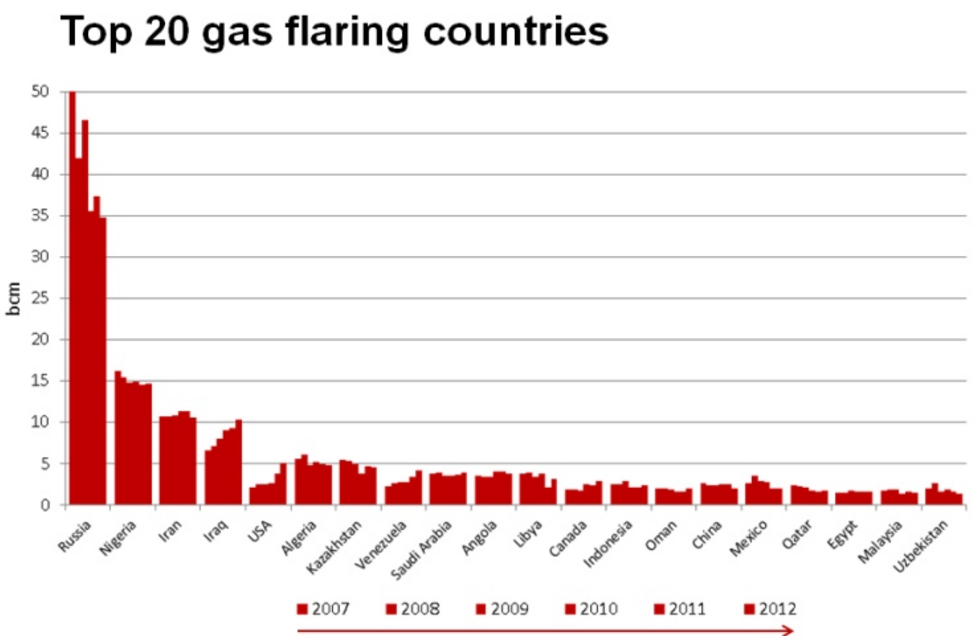BP Significantly Reduces Gas Flaring in Azerbaijan
An official at BP has told Natural Gas Europe that BP has significantly reduced gas flaring at its projects in Azerbaijan.
“Currently no routine flaring of gas takes place as a result of any of BP Azerbaijan’s activities in the Caspian. This is one of our major environmental milestones achieved in 2015 – we have banned routine gas flaring at our Azeri-Chirag-Gunashli (SCG) platforms," Gordon Birrell, BP’s Regional President for Azerbaijan, Georgia and Turkey told NGE on March 17.
“We will flare gas only for safety purposes and in emergency situations," he continued. "This is a great result that we have been targeting for a long time and that we are very proud to have achieved.”
He also said that BP Azerbaijan has significantly reduced gas flaring at its offshore facilities and the onshore Sangachal Terminal achieving a zero routine gas flaring target.
Though Birrell didn’t provide any figures for the current flaring at ACG, Socar's vice president of Socar for environment issues, Rafiga Huseyn-zade, announced recently during the “Caspian Oil & Gas 2015” conference that BP-Socar had succeeded in reducing flaring in the Chirag field to 2% (of total production) and they are preparing to decrease this volume to 1.6%.
Other Caspian States
BP, Socar and Azerbaijan are not alone in working to reduce gas flaring amounts in the Caspian.
On March 16, Iran took a historical step when it announced that, for the first time in the Iranian oil industry’s history, the oil ministry has signed a contract with the private sector for gathering flare gases, or associated gas, in oilfields and using it in electricity generation. The country has captured 32.9mn m³/d of associated gas in the past 10 years that would otherwise have been flared. The country also has a plan to reduce about 20mn m³/d of flaring in 10 years. The country’s total flaring stands at above 30mn m³/d.
Kazakhstan, the Central Asian country, is also working to eliminate it gas flaring. In April 2015, the country said it planned to curb flaring by 2030 totally. The country’s flaring stands at about 4.85bn m3/yr, decreasing from above 5bn m3/yr in 2007.
Kazakhstan, Azerbaijan and Turkmenistan are among a total of 45 governments, companies and organisations that have now signed up to the “Zero Routine Flaring by 2030” Initiative, proposed by World Bank in 2015.
The latest figures for Turkmenistan’s flaring put it at about 0.8bn m3 annually in 2012, reduced from 1.4bn m3 in 2008. There were no more current statistics available at time of press.
According to the World Bank, some 140bn m3 of gas is flared annually, which produces 300mn tons of CO2.

Iran Desk




